Elon Musk’s AI chatbot Grok has once again found itself at the centre of controversy after the most recent update to Grok 3 triggered…
ASUS to Xiaomi: 5 smartphone brands to look out for in 2015
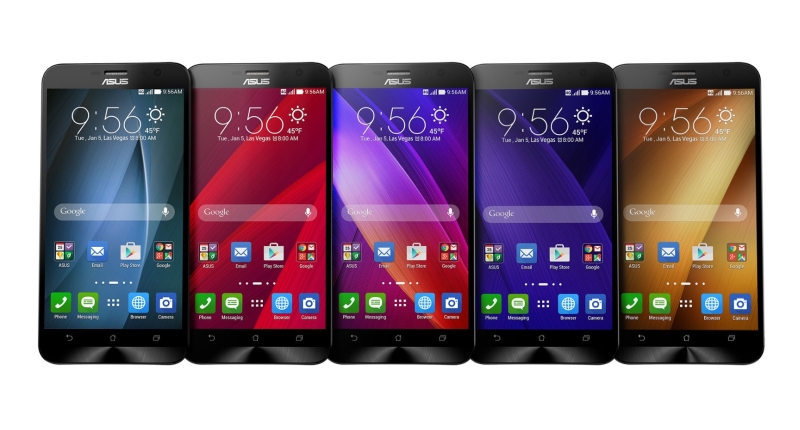
The year 2014 saw the launch of some great smartphones such as the Apple iPhone 6 Plus, the Samsung Galaxy Note 4, the OnePlus One, the Motorola Nexus 6, the LG G3, and the like. All these smartphones had loads of horsepower under the hood, yet could boast all day battery life even under heavy usage patterns. However, the previous year is well behind us, and 2015 brings hopes of even better smartphones, and we think that it won’t be only about sheer performance, but also about the value-for-money factor of these devices.
In 2014, we saw the emergence of value-for-money devices like the Motorola Moto G and Xiaomi Redmi 1S. After using these no-non sense devices, people no longer want to spend their hard-earned money on mid-range or higher mid-range smartphones. Consumers from India, China, Russia, Brazil, and many markets in the African continent prioritise the value-for-money factor over things like design or features like Samsung’s S Health, which they won’t use in their real lives.
In an interview with Forbes, Motorola COO Rick Osterloh said, “Every seven years, the person who’s been on top of the market has gone away,” adding that “we are going through one of those fascinating shifts where people are starting to realise that you don’t need to pay $600 for a top-tier phone to get a top-tier experience.”
We think that these are the smartphone brands to look out for in 2015 as they will continue to focus in providing value-for-money smartphones, which won’t falter on performance in meaningful fronts.
OnePlus
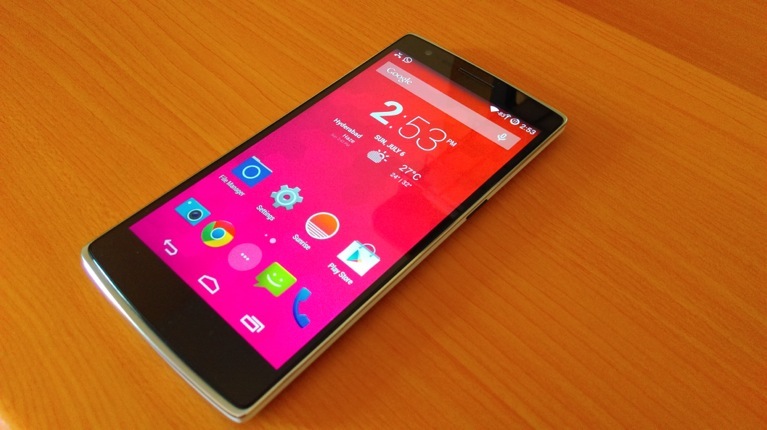
OnePlus, a new smartphone brand, which was started by ex-Oppo employees, went on to become one of the most sensational and talked about smartphone brands of 2014. Its first offering, the OnePlus One received rave reviews, especially about the performance for its price. Priced at less than half of its competitors (US$349 for 64GB variant), it was the first smartphone in the world to offer true 4K DCI video recording (4096×2160 pixels at 24fps). OnePlus also appeared to have truly understood the needs of consumers as it refrained from adding unwanted and gimmicky software features, and used Cyanogen OS, a cult among Android fans.
Read more: OnePlus One review: two good to ignore
OnePlus is already working on the successor to the One, and also has plans to release a mid-range smartphone with a focus on style statement. We hope that it carries forward the idea of StyleSwap back covers which were discontinued due to difficulty in actually replacing the back covers. If you are lost here, OnePlus originally announced StyleSwap back covers for the One in seven flavours including Bamboo, Carbon Fibre, and Denim among others. The company entered the Indian market after it received huge response from the country’s consumers, where it is already battling it out with Xiaomi.
If you ask us, we would like to see an OIS (optical image stabilisation) camera lens, dual-tone LED flash, and some kind of water-resistance in the upcoming OnePlus Two. As far as the software is concerned, the company will move away from Cyanogen OS due it its spat with the Android ROM developer over confusions related to its exclusivity. However, the company has assured that it is working on OxygenOS, which is as close to stock Android as possible, and will carry forward custom features like RAW image capture and lockscreen gestures.
Xiaomi
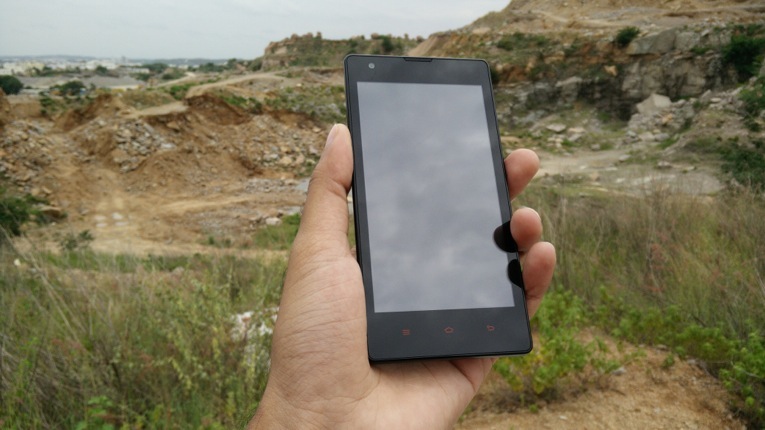
Xiaomi, which is being critically acclaimed as “the Apple of China”, has already become the third largest smartphone brand in the world (oh wait! actually, fourth largest), thanks to its dirt-cheap smartphones and the flash sale model. It saves millions of dollars by relying on pure social media instead of traditional marketing, as well as by cutting out middle-men and selling its devices only through online channels.
Xiaomi’s own Android fork, which is labelled as MIUI, offers extensive customisability in terms of look-and-feel of its user interface. Also, the company takes feedback and feature requests from its customer base through its official forums, and makes necessary changes in its software.
According to Hugo Barra, a former VP and product spokesman of Google’s Android division, and now a VP of International at Xiaomi, the company is trying to tackle every country with a separate strategy.
Read more: Xiaomi smartphones may take over the world: here are 6 reasons why
In an interview with Quartz India, he explained the company’s visions to make software (and maybe hardware) locally, and integrate things like mobile recharge and partner with many other local companies and services within the operating system. This innovative thoughts will not only save people from their day-to-day tasks, but also make them standout from the rest of the competition.
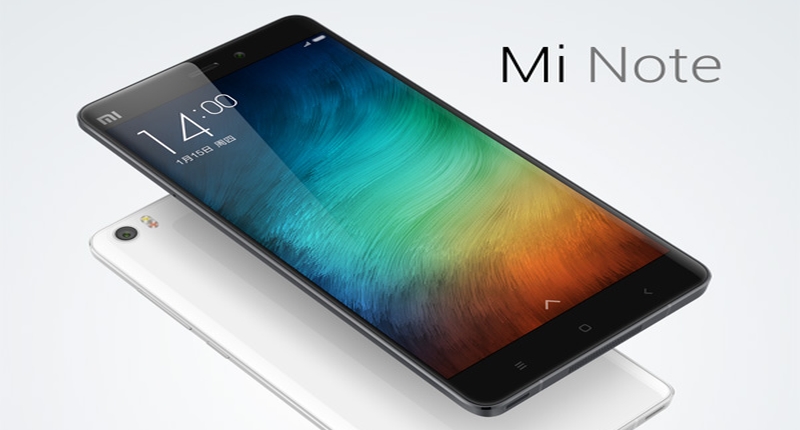
For 2015, Xiaomi has announced two new high-specification smartphones, the Mi Note and the Mi Note Pro. Both phablets feature 5.7-inch displays, two SIM card slots, 13-megapixel cameras with 4K video recording, 4-megapixel front-facing camera sensors with 2µm pixel size, and 3000mAh batteries. The ‘Pro’ tag in the Mi Note Pro fetches you a QHD display instead of a 1080p one, 64-bit Snapdragon 810 processor instead of a run-of-the-mill Snapdragon 801, and Android 5.0.1 Lollipop instead of Android 4.4.4 KitKat. These devices are priced at US$399 and US$530 respectively, which are still much cheaper than competing smartphones from brands like Samsung, LG, Sony, and Apple.
Xiaomi has plans to enter eight more markets this year including Malaysia, Philippines, Thailand, Vietnam, Russia, Turkey, Brazil and Mexico, definitely a smartphone brand to look out for in 2015.
Motorola
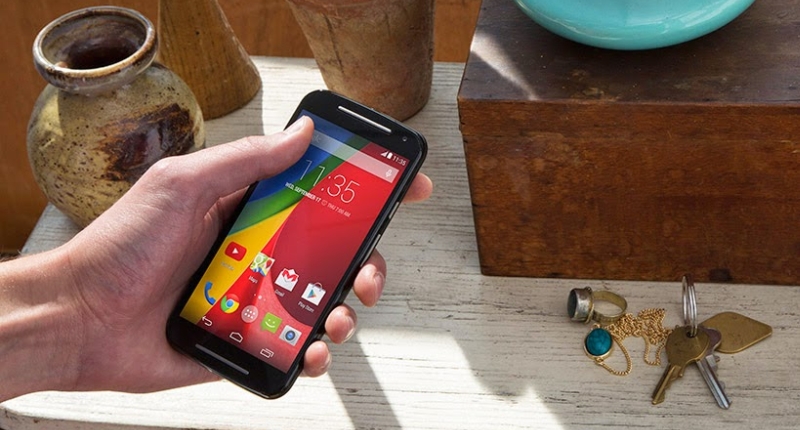
From the brink of extinction, Motorola has brought itself to a respectable position in the global smartphone market. Technically a part of Lenovo, Motorola has showed us the importance of going back to the basics to win customers. With devices like the Moto X and the Moto G, Motorola showed other brands that powerful hardware is not the only ingredient of fast smartphones. It focussed a lot on software optimisation and intelligent features like Touchless Control to show that smartphones can become even more smarter if brands are willing to solve basic problems rather than developing gimmicky features.
Read more: Motorola Moto G review: high on performance, low on price
Thanks to the customisability options of the Moto X and the value-for-money factor of the Moto G, both these devices became best-sellers. It even went on to become the fifth largest smartphone brand in India, one of the fastest growing economies and smartphone markets in the world. Motorola even managed to become Google’s Nexus partner to make the Nexus 6, the first smartphone in the world to come pre-installed with Android 5.0 Lollipop.
The US-based smartphone brand, which focused on just 10 countries while being owned by Google, has its presence in around 50 countries now, and has plans to enter 10 or 15 more countries this by the end of the year 2015. It is also expected to become profitable within the next four to six quarters, as per the company’s COO Rick Osterloh.
Lenovo
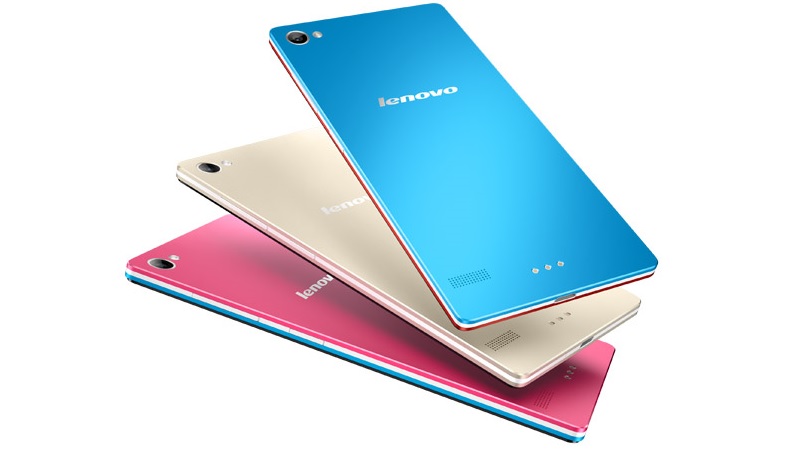
Lenovo, the owner of Motorola and the world’s biggest PC maker, is now (technically) the third largest smartphone brand in the world (including sales from Motorola). Lenovo has introduced some really great smartphones such as the Vibe X2 Pro and the Vibe Z2 Pro, which are also one of the best-specced smartphones at their respective price points.
The company’s upcoming smartphone, the Vibe Z3, which was leaked earlier this month, is expected to be unveiled during MWC 2015. It is rumoured to feature Qualcomm’s first high-end 64-bit mobile SoC, the Snapdragon 810 along with 4GB RAM, 5.5-inch QHD display, 16-megapixel primary camera, Android 5.0 Lollipop, and a large 3400 mAh battery.
“We want to be the number one smartphone maker on the planet. A lot of people are saying we can get to number one, just like we did with computers,” said Brion Tingler, the company’s
Asus

Asus, the Taiwanese smartphone and PC components brand, has been making quite a progress in the smartphone market. After failed attempts to compete with high-end smartphones from well-established brands like Samsung and Apple, Asus focused on the entry-level and mid-range price segments. It entered the Indian smartphone market in 2014 with a trio of Zenfone devices; the Zenfone 4, the Zenfone 5, and the Zenfone 6, all of which were priced very intelligently, making them one of the best value-for-money smartphones in the market.
During CES 2015, Asus unveiled the Zenfone 2 and its camera-centric sibling, the Zenfone Zoom. Both of them feature 5.5-inch 1080p displays, Android 5.0 Lollipop, 64-bit quad-core processing chipsets from Intel, 4GB of RAM, 13-megapixel primary cameras, 5-megapixel secondary cameras, 4G LTE connectivity, dual-SIM connectivity, and 3,000 mAh batteries. The Zenfone Zoom betters itself from the normal variant by featuring additional components such as optical image stabilisation and 3x optical zoom.
Honorary Mentions
While Samsung lost its market share globally, LG managed to increase its overall sales as well as revenues through devices like the LG G3. Moreover, it is the only smartphone brand which can compete head-to-head with Samsung, thanks to its technological prowess.
After all the negativity against Samsung, the Korean conglomerate is pinning all its hopes over the upcoming Galaxy S6 and the Galaxy S6 Edge. These high-end flagship devices are rumoured to feature QHD Super AMOLED displays, 64-bit octa-core Exynos 7420 processors, 3GB RAM, 20-megapixel primary cameras, 5-megapixel secondary cameras, and 4G LTE Cat. 10 connectivity. Samsung is said to be trying to optimise TouchWiz on the Galaxy S6 to the levels of stock Android on Google Nexus 6.
Read more: Samsung Galaxy S6 rumour roundup
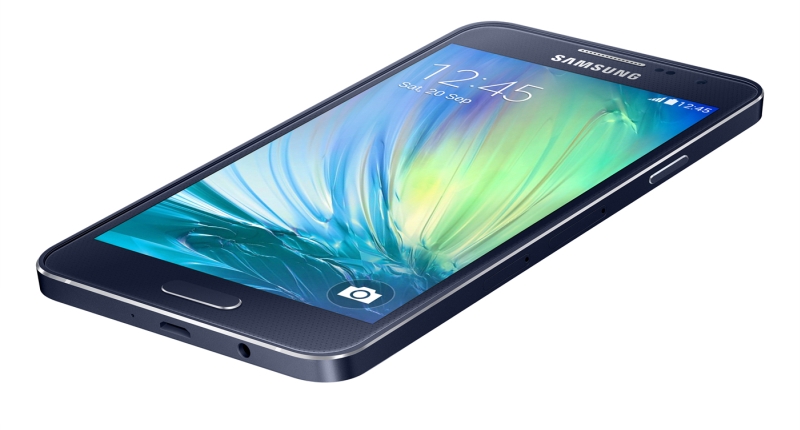
HTC, which hit its lowest bottoms in the past couple of years, has managed to bring back profits from the past three successive quarters. HTC has renewed its focus on hardware and software design quality in its high-end smartphones. It is also expanding its mid-range smartphone lineup to increase sales in markets like India, China, and Brazil.
Have we left any brand out? Let us know what smartphone manufacturer you think will own 2015 in the comments.

